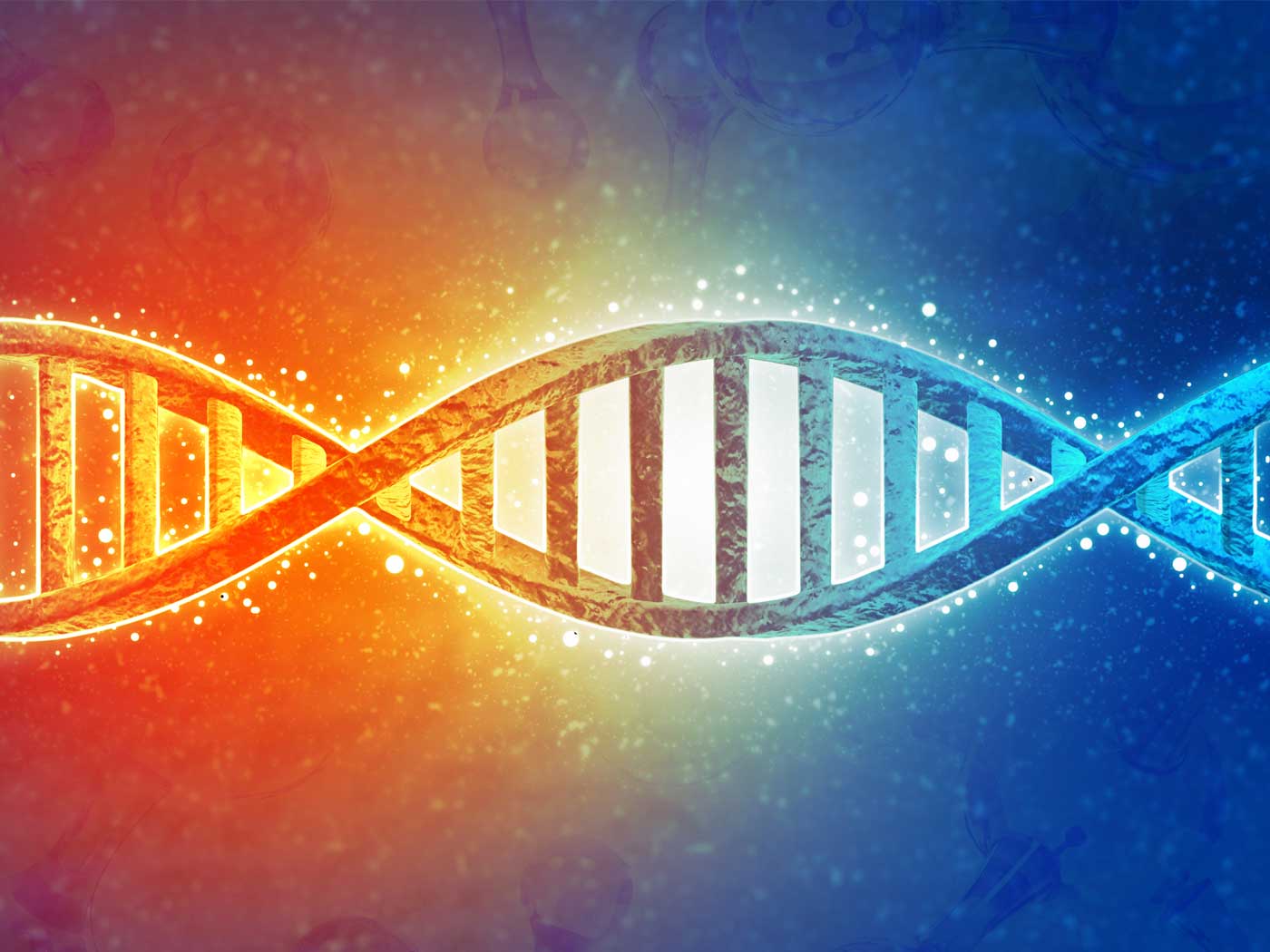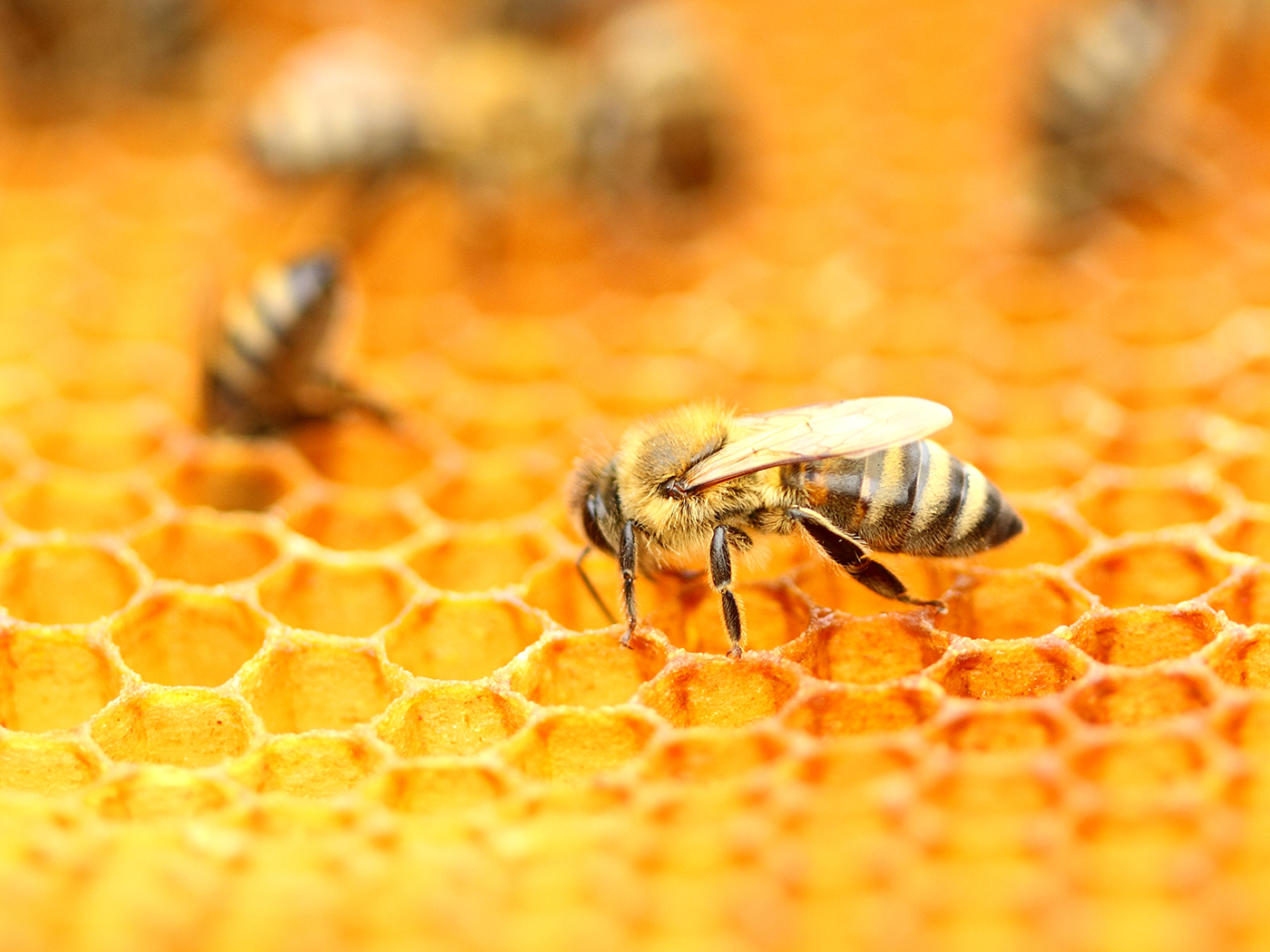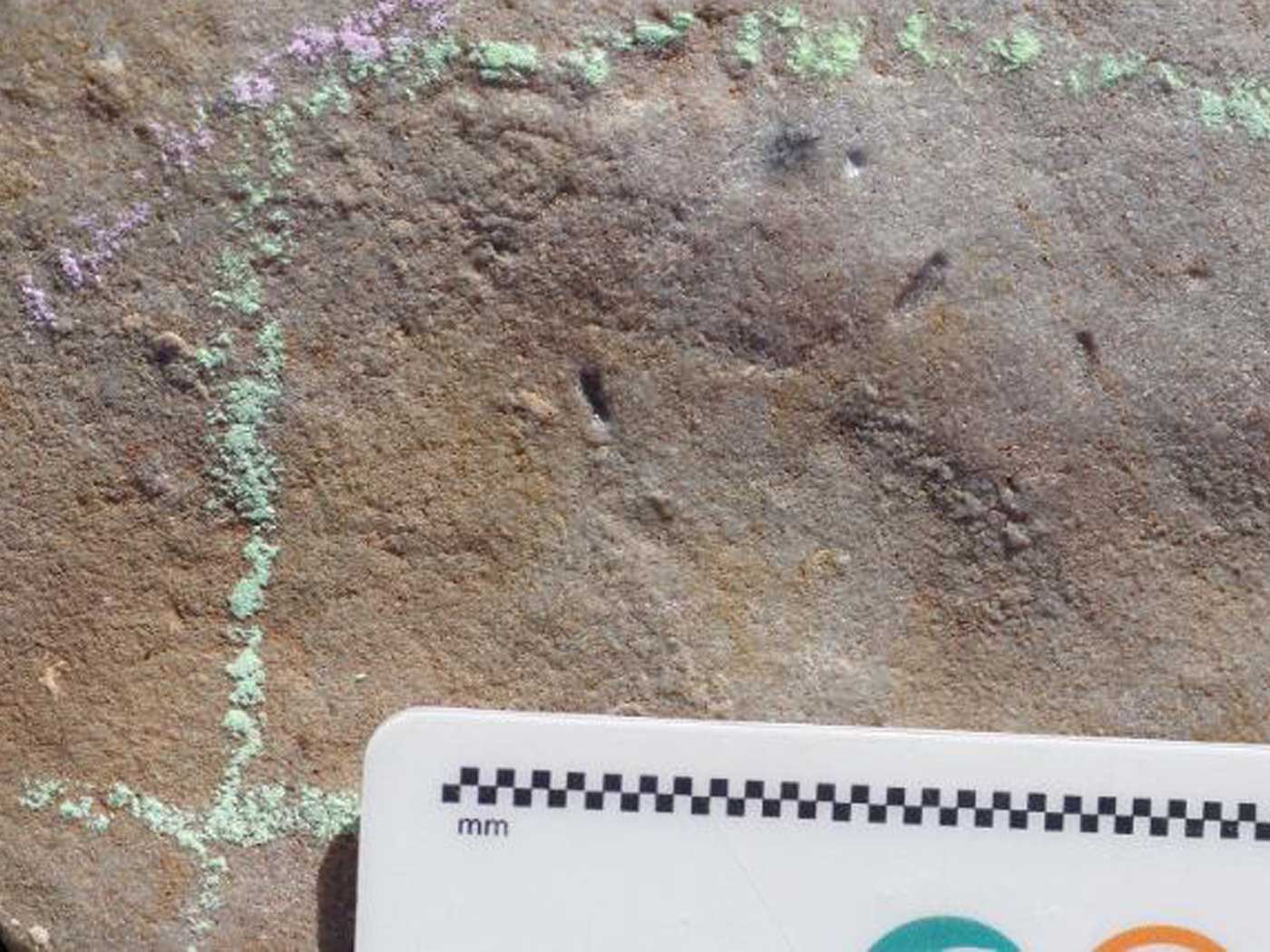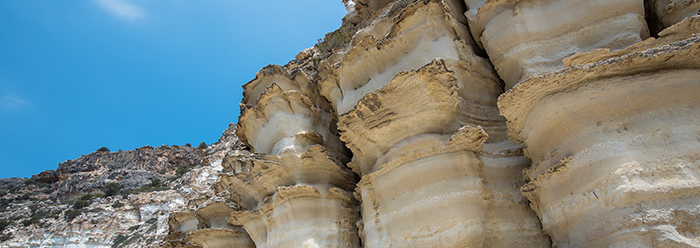About 1,600 years ago, salt miners in Iran apparently left their lamb lunch down the shaft. Their loss became scientists' gain. The now-mummified sheep carcass suggests that salt helps preserve sheepskin DNA.
The research results, published in Biology Letters, showed probably the best-preserved DNA from any skin from that time.1 The Iranian and European team used radiocarbon dating to help establish an age estimate. They sequenced DNA from the sheep skin and discovered that it was high enough quality to compare against modern sheep. Does this “exceptional ancient DNA preservation” have any bearing on discussions about preserved dinosaur DNA?
This sheep skin sample had much less degraded DNA than other samples about the same age (1,600 years). The study authors attributed the exceptional preservation to two effects of the salt. First, it dried out the skin. Less water means less chemistry, and random chemistry is the enemy of DNA preservation. Second, the salt may have discouraged microbes that ordinarily degrade carcasses.
These effects make sense in light of the way we have used salt to preserve foods like bacon. Microbes don’t thrive in dry, salty conditions. But even with salt right next to the sheep skin to keep microbes at bay, the sheep DNA was still fragmented. Clearly, chemistry has been happening on that DNA, even with salt nearby.
The report cited a separate study explaining why DNA is expected to decay. Its authors wrote, “Fragmentation through depurination is a well-characterized process.” They also said, “The immutable depurination process likely still imposes practical limits on DNA recovery in deep time and recovering Mesozoic DNA, for example, remains extremely unlikely.”2
Thus, even if salt doubled the maximum time that DNA in skin could last, we still shouldn’t find it in dinosaur bones said to be 70 million years old. And yet we do—and none of those fossils were found next to salt.3,4
In the end, immutable depurination destroys DNA, yet actual DNA occurs in some rare fossils. Salt-preserved DNA in a sheep’s skin doesn’t resolve this huge discrepancy, but a young world would. A Noah’s Flood origin for fossils including dinosaur bones places them within a time range where we would still expect to find some rare DNA fragments even without salt.
References
1. Rossi, C., et al. 2021. Exceptional ancient DNA preservation and fibre remains of a Sasanian salt mine sheep mummy in ChehrÄbÄd, Iran. Biology Letters. 17: 20210222.
2. Kissler, L., et al. 2017. A new model for ancient DNA decay based on paleogenomic meta-analysis. Nucleic Acids Research. 45:11: 6310-6320.
3. Bailleul, A. M., et al. 2020. Evidence of proteins, chromosomes and chemical markers of DNA in exceptionally preserved dinosaur cartilage. National Science Review. 4: 815-822.
4. Schweitzer, M. H. et al. 2013. Molecular analyses of dinosaur osteocytes support the presence of endogenous molecules. Bone. 52(1): 414-423.
*Dr. Brian Thomas is Research Scientist at the Institute for Creation Research and earned his Ph.D. in paleobiochemistry from the University of Liverpool.

DNA in Sheep and Dinosaurs
The Latest
Was a Key to Photosynthesis Evolution Discovered?
Northern Canadian lakes were the source of recently discovered unique photosynthetic bacteria of the phylum Chloroflexota. After years of culturing,...
CREATION PODCAST
Four Moons That Indicate a Young Universe | The Creation Podcast:...
Earth has one moon, but Jupiter has many! What can we learn from our celestial neighbor's satellites? Do they indicate youth?
Host...
Creation Kids: Seeds and Sprouts
by Renée Dusseau and Susan Windsor*
You're never too young to be a creation scientist and explore our Creator's world. Kids, discover...
APOLOGETICS
Christ’s Creativity in Canyon Critters
Grand Canyon animals display many marvelous traits and behaviors as they live life in that harsh habitat. These canyon creatures succeed thanks to the...
Standing Against False Science
I’m Michael Stamp, and I’m in my 12th year as an editor at the Institute for Creation Research. It’s always an encouragement to see...
Oysters and Pre-Flood Longevity
The oyster species Crassostrea virginica, also known as the eastern oyster, is a prized seafood. Research has demonstrated that a fossil version of...
Galápagos Finches: A Case Study in Evolution or Adaptive Engineering?
A group of birds known as Darwin’s finches live in the Galápagos Islands, which are located in the Pacific Ocean 600 miles west of Ecuador....
Hot Springs National Park: Hydrothermal Springs Formed By The...
Hot Springs National Park is located about an hour southwest of Little Rock in the folded Ouachita Mountains of central Arkansas. It is the second smallest...
Why Biology Needs A Theory of Biological Design—Part 2
“Based on a true story” is included by movie producers to add authenticity, importance, and a flair of anticipation. So, my account of how...
Marine Fossil Tapeworm Is Still a Tapeworm
The Flood was both sudden and rapid. The burial of creatures—including delicate plants and soft-bodied animals like jellyfish1—occasionally...






































